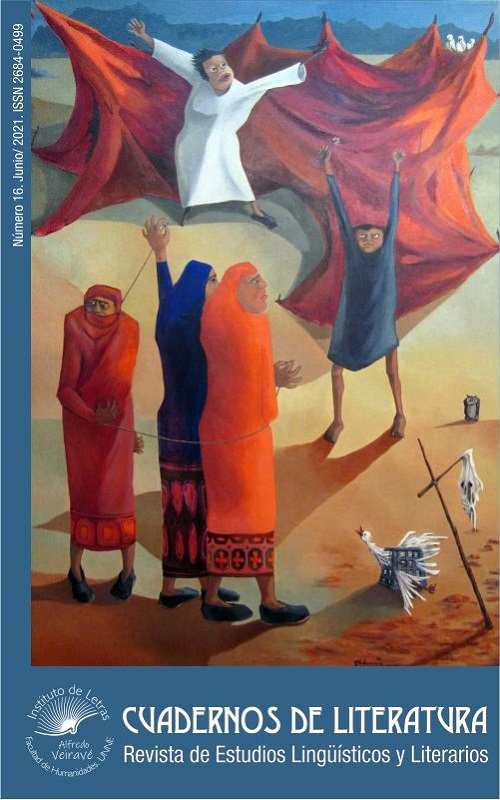Illusory roles and choral identity in Satyr Drama in the Fifth Century b. C.
DOI:
https://doi.org/10.30972/clt.0165421Keywords:
Self-delusion, Choral role, Choral identity, Metatheatricality, Satyr dramaAbstract
This paper analyzes four scenes from satirical dramas belonging to Aeschylus, Sophocles and Euripides in which the Chorus of Satyrs and Silenus allow themselves to imagine themselves in roles other than those arranged in the plot of the plays. This thought on possible choral roles occurs in the context of self-absorption and tends to suspend the choral action to project an image that the audience recognizes as impossible and, even contradictory to that of a Chorus of Satyrs, not only in this dramatic genre but also in myth and cultural imagery. This contradiction is a source of laughter both because the satyrs claim to be what the public knows they are not and because the abrupt ending of their self-delusion and the ensuing return to their choral role show them incapable of sustaining their own self-made fiction. At the same time, these fleeting moments are meta-theatrical instances that speak of the plasticity of a Chorus capable of assuming different identities, despite always being a Chorus of satyrs. This attribute consistently places the Chorus in the theatrical rite in and opposes it to the choruses of the prior Tragic trilogy









52.jpg)









